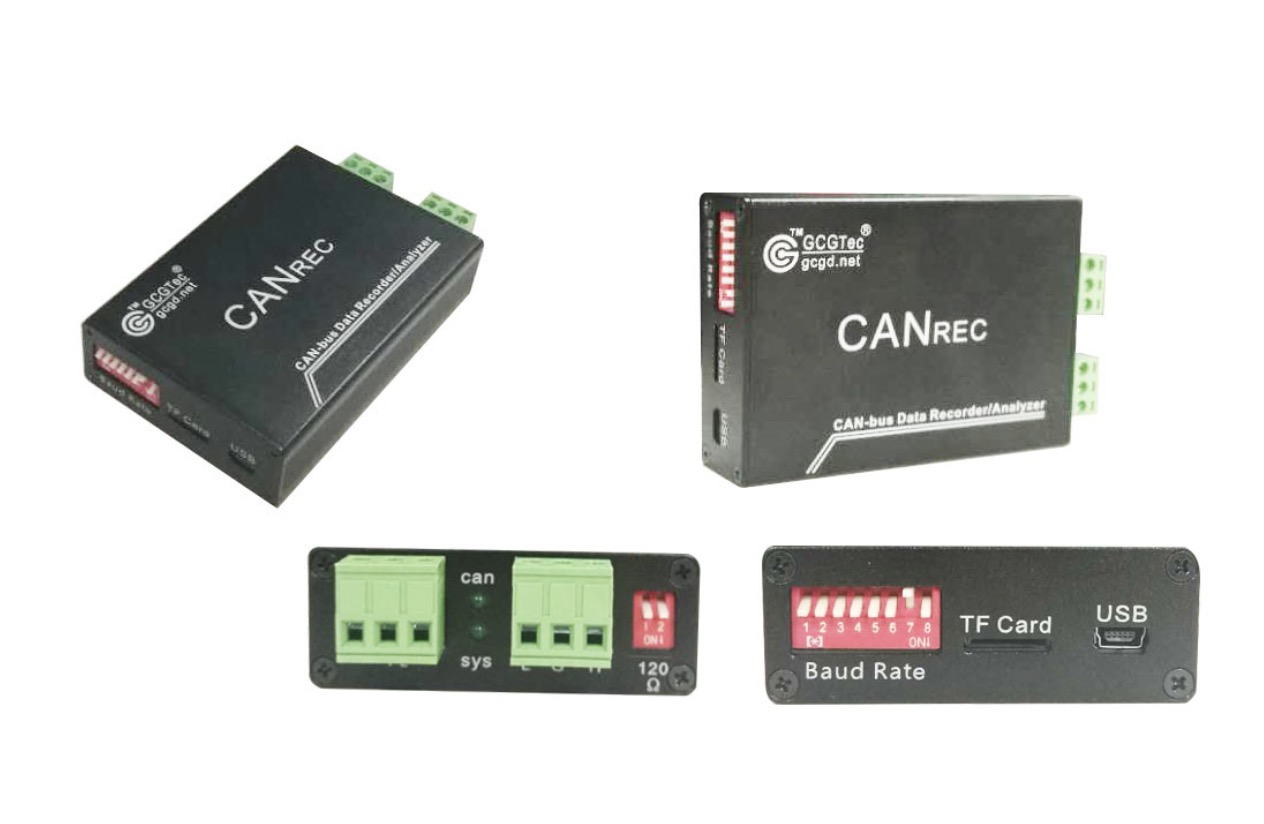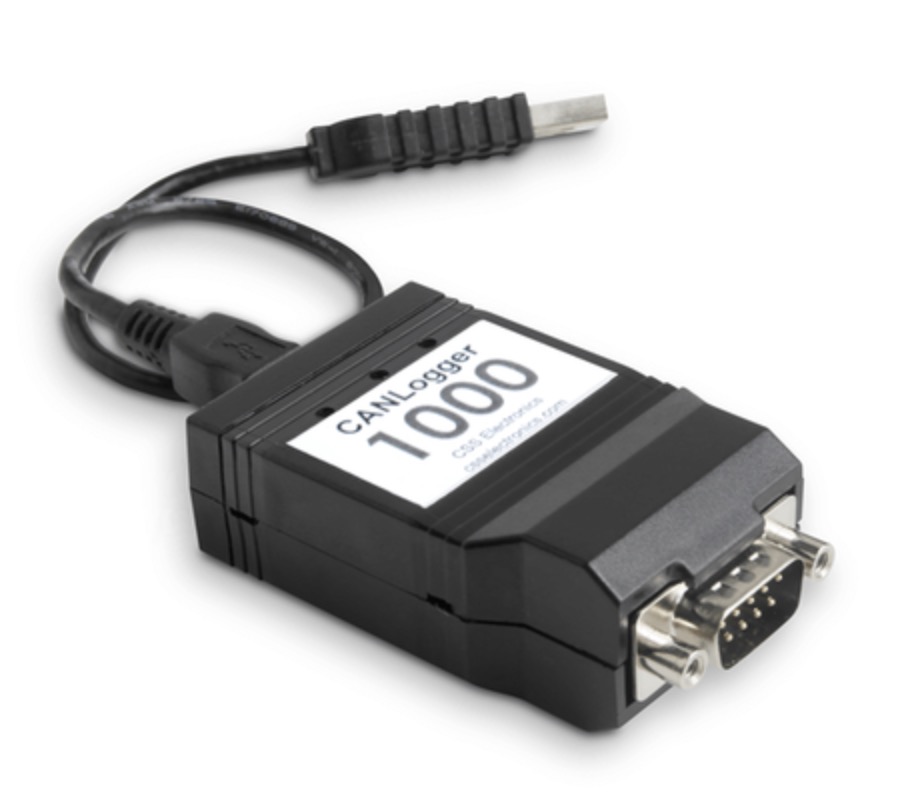Recent Posts
Real-Time CAN Bus Data Recorder With SD Card
Posted by on
As a company selling CAN Bus prototyping and data processing hardware, we check the market frequently for new products, specifically those we might want to add to our product palette. One product that caught our attention was the GCAN-401, offered by Shenyang Guangcheng Technology (China). The GCAN-401 is a CAN Bus data recorder that stores CAN bus data, including a time stamp, on an SD card for further processing. According to the manufacturer, using a 32G SD card in combination with an average 1 millisecond data frame frequency, the device can store data over a period of 24 days.
The GCAN uses a unique data storing technique by creating individual folders for each minute of data recording, apparently in an attempt of circumventing the creation of one large file. The obstacles with creating large files are longer file access times and the risk of losing data when power is removed during file access. The GCAN's approach guarantees that you lose only the last minute of recording when power is removed. The downside is that you have to deal with an overabundance of files and folders (34,000+ over a 24-day period) and the manufacturer does not provide any supporting software to process the data.
The hardware itself makes a very good impression, specifically the aluminum enclosure. All elements, such as baud rate settings DIP switches, SD card slot, and USB port, are easily accessible and easy-to-handle. The CAN Bus and power connection is sturdy (i.e. industrial-strength). As an additional, much appreciated feature, the delivery includes an SD card reader with USB port (plus a screwdriver, some wires, and 120-Ohm termination resistors). The termination resistors are actually not necessary, since the updated hardware design includes a DIP switch to activate an onboard resistor.
The CAN Bus data is stored in easily-readable text file formats, but the data is only accessible per SD card reader connected to a PC. The device's USB port cannot be used to transfer files to the PC, because the baud rate is limited to 115,200 baud (due to using a UART-USB converter). The low transmitting speed would result in hour-long file transfer.
All in all, I found the device to be functioning very well and reliable. I had some problems with setting the time per terminal software, especially since the displayed information was in Chinese. However, the manufacturer was very quick with sending firmware updates which solved that particular problem. Nevertheless, there are multiple reasons that made our decision not to resell the device in the American market, which are primarily quality issues with the user manual (which was partly updated per our request) and supporting software. The basic idea behind the device is great, but it would take a lot more efforts to get these items to the same level as the hardware.
The GCAN-401 comes with a price tag of US$146.18 at the time of this writing. I deem it very suitable for CAN Bus data recording and for users who are budget-sensitive. However, if your budget allows spending, for instance, US$250 or more, I would go with the CAN Logger series by CSS ELectronics as described below, because they come with a professional data processing software.
More Information on the GCAN-401...
The CANLogger1000 by CSS Electronics offers simple and user-friendly logging of data from a CAN Bus without the use of a computer. Data are stored on a standard SD-card in a simple format such that it can be directly loaded into an analysis tool for further post processing. The logged data can be transferred to a PC using a standard mini-USB cable and requires no special software.
For advanced users, the device offers a wide range of configuration possibilities, such as message filtering, down-sampling, automatic bit-rate detection, cyclic-logging, heartbeat signal and runtime logging control. Further, recently added features include the ability to transmit up to 20 custom CAN Bus messages (for use in e.g. OBD-II logging) and a new serial interface letting the logger act as a CAN Bus interface for streaming real-time data (incl. integration with Wireshark via CANvas).
The ability to enable message filtering and configure which data fields to log combined with the huge available storage capacity makes the device suitable for long-term stand-alone data logging.
The device configuration can be done on a PC and requires no special software. To simplify the device configuration and to test the CAN Bus connection, the device supports real-time CAN Bus traffic to be displayed directly on a PC using the USB-connection.
The device uses a standard D-Sub 9 connector to connect to the CAN Bus and a removable mini-USB cable to connect to a PC. Refer to the product manual for a connector pinout.
 Loading... Please wait...
Loading... Please wait...


